In pictures: Ocean expeditions
- Published
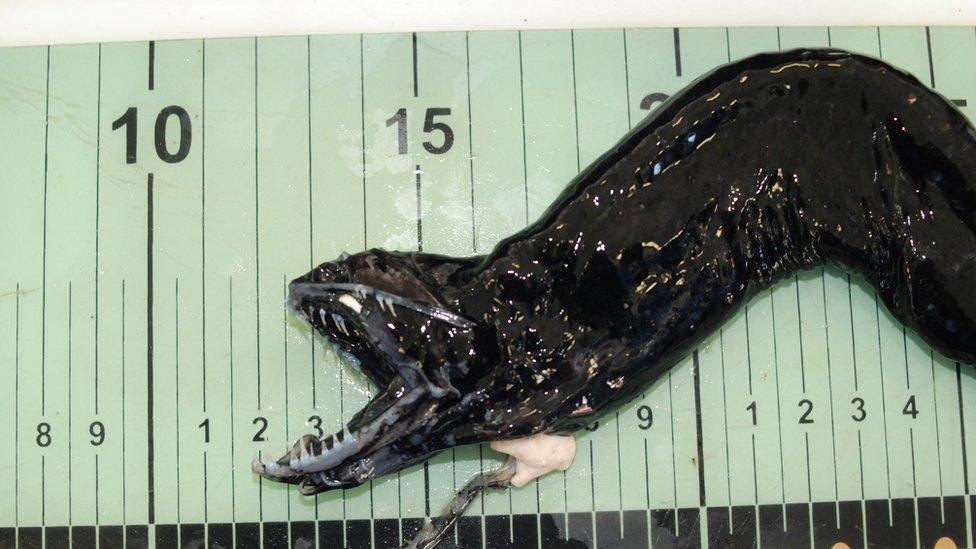
UK scientists have released new images of life in remote parts of the ocean, including some creatures new to science. Among the spectacular finds along the Southwest Indian Ridge was this dragonfish with its Alien-like jaws.
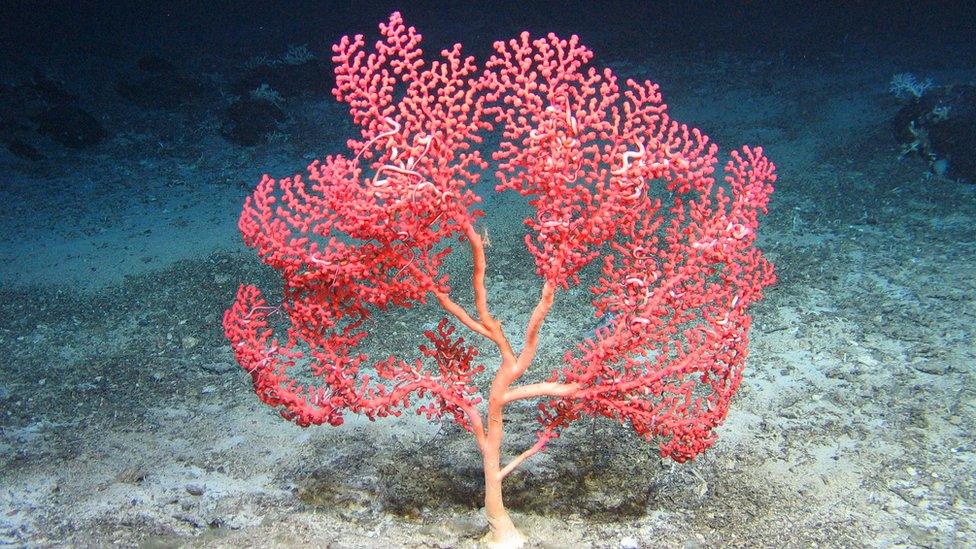
The finds come from research expeditions to the Southwest Indian Ridge in the Indian Ocean and East Scotia Ridge near Antarctica. The variety of life found at the bottom of the ocean continues to surprise scientists; expeditions are finding dramatic species such as this Paragorgia octocoral.
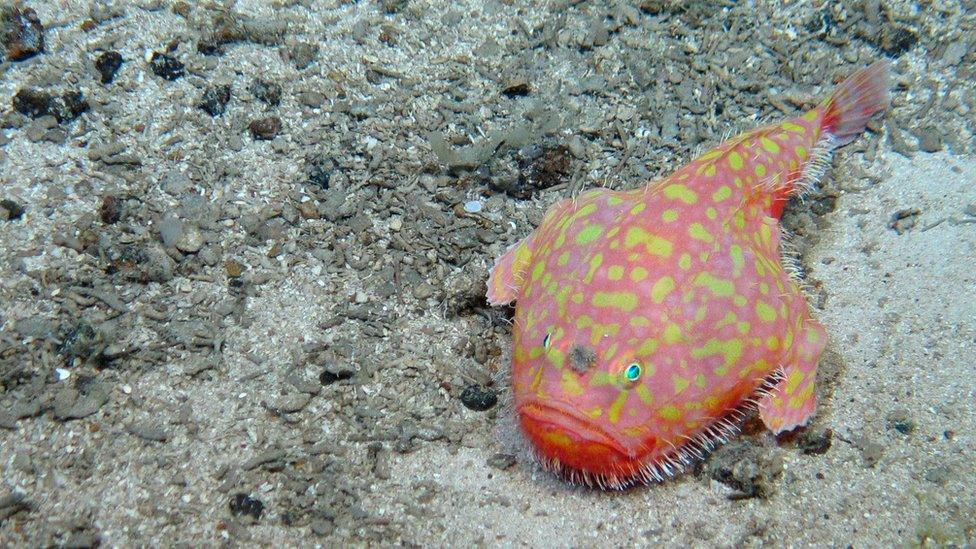
“This is the world’s largest ecosystem, and yet much of it remains un-sampled or even unobserved,” says Prof Alex Rogers from Oxford University, a lead researcher on the expeditions. One of the remarkable animals encountered on the expedition was this psychedelic-looking sea toad.

Prof Rogers is a scientific adviser to the Global Ocean Commission, which is drawing up recommendations for governments on how to restore the ocean to full health. Protection for the unusual life of the deep, such as this metre-long predator Alepisaurus brevirostris, is a top priority.
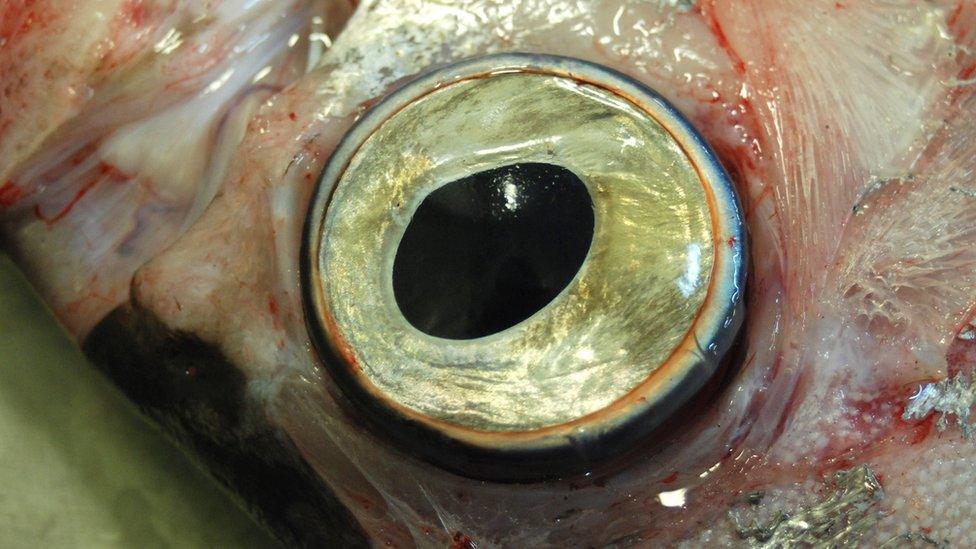
Creatures living at such depths often evolve striking features suited to their unique habitat. This deal fish, Trachipterus, has exceptionally large eyes in order to see and find prey in the “twilight zone” of the ocean.
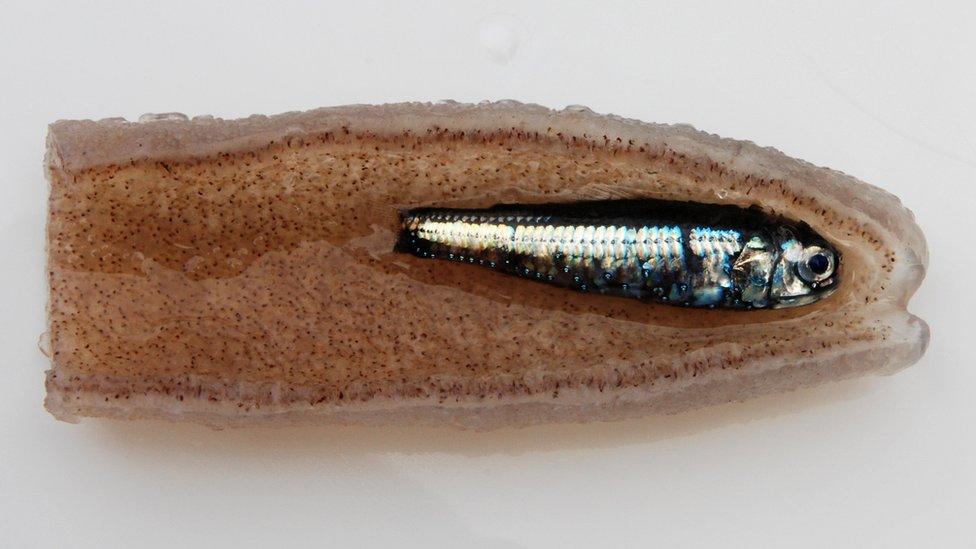
This image shows a fish inside a salp. These are gelatinous creatures thought to play a role in the carbon cycle. As they die, their bodies, containing carbon, sink to the ocean floor. This salp presumably ingested the lanternfish just before it died.